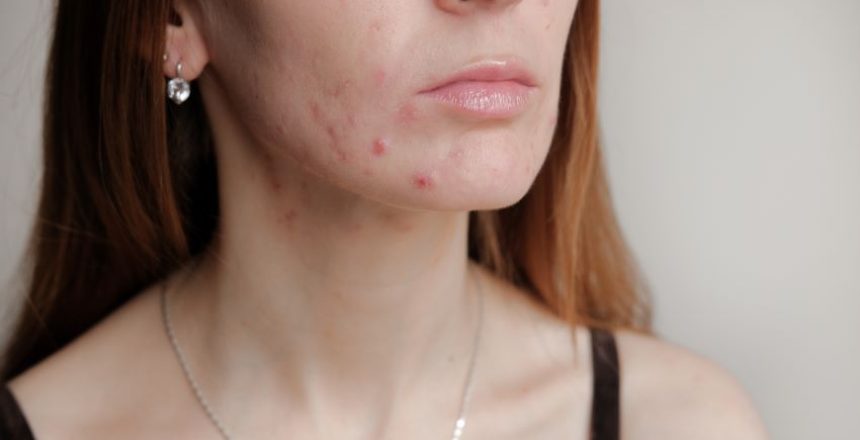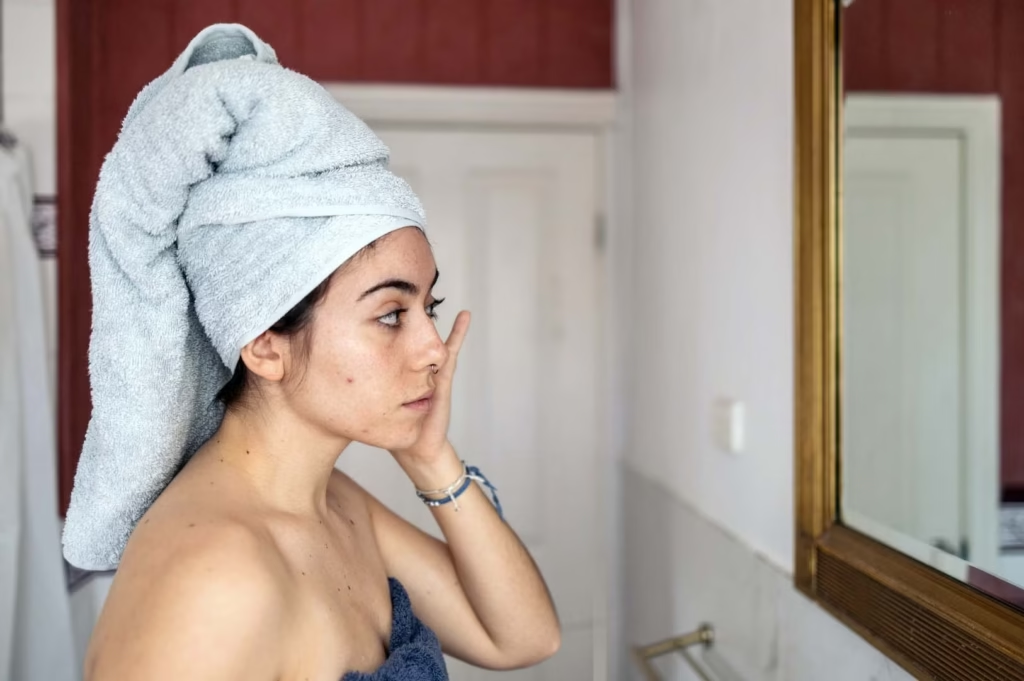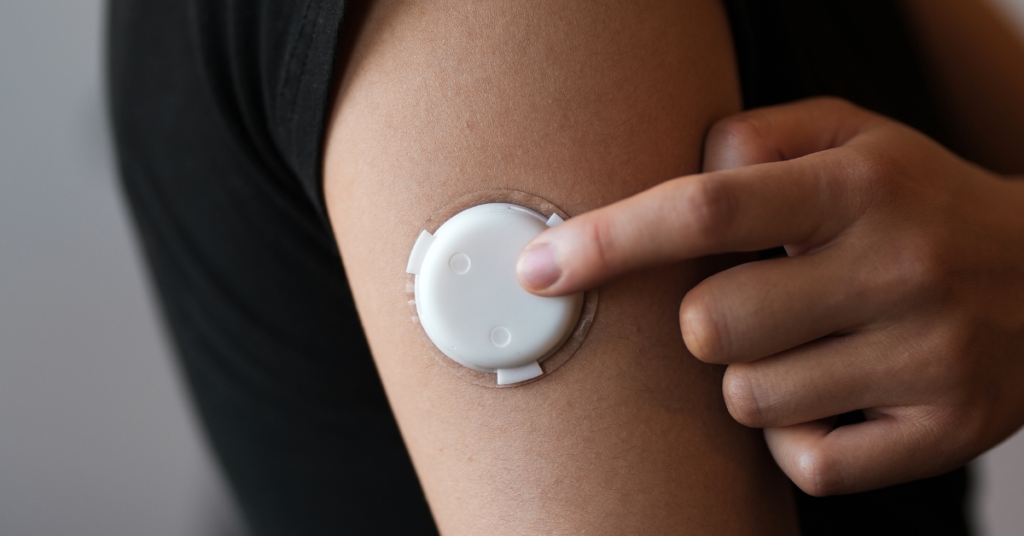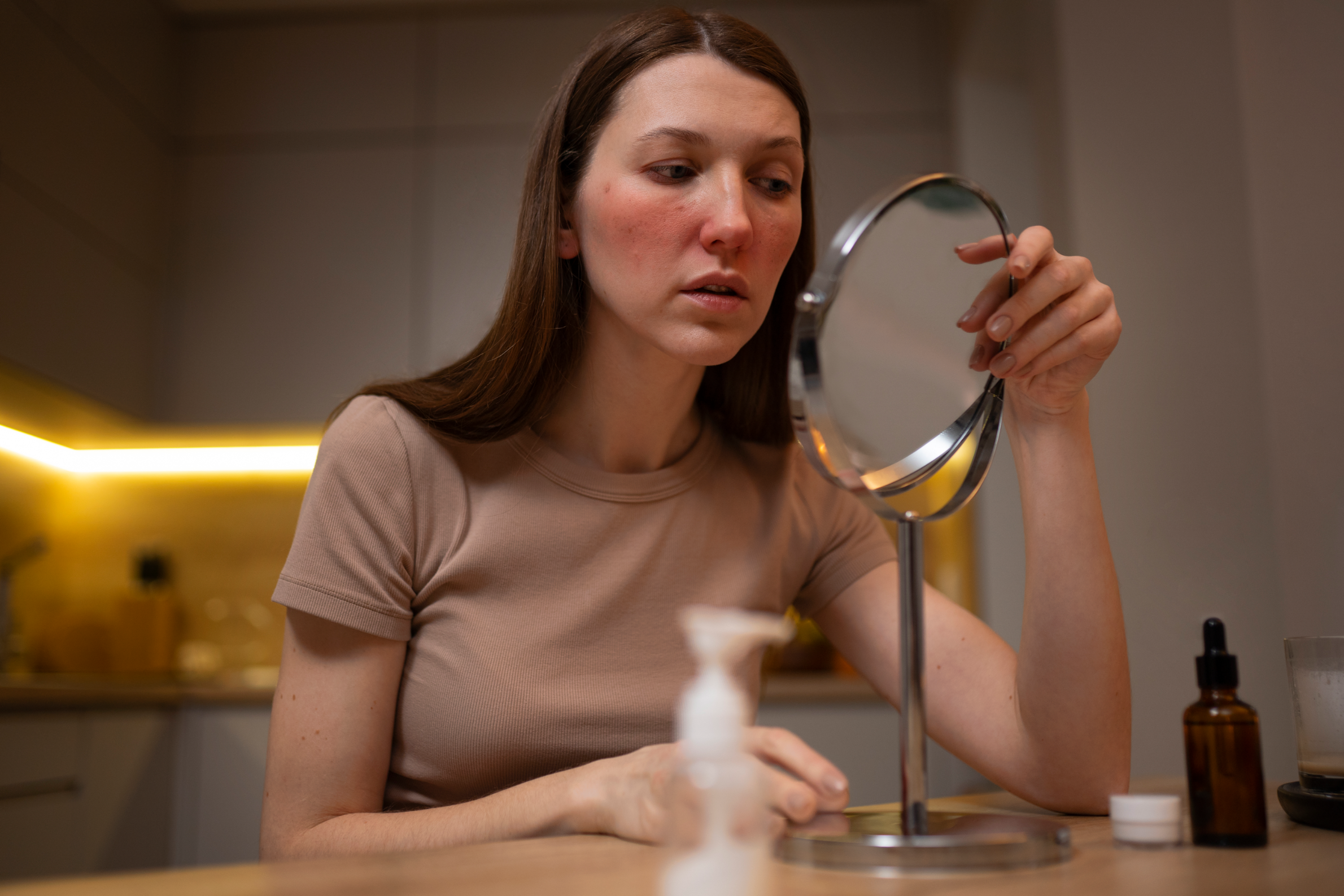Birth control is often prescribed to help regulate hormones and manage acne, but when you stop taking it, your skin can react to the hormonal changes. So when those hormones shift after stopping, it’s common to experience breakouts. If your skin has suddenly started acting up and you’re wondering what’s going on, you’re not alone.
In this post, we’ll explain why acne often flares up after stopping birth control and share simple, effective ways to manage it so your skin can bounce back and feel its best.
Understanding Post-Birth Control Acne

When you stop taking birth control, your body’s hormone levels begin to change. Many hormonal contraceptives contain synthetic versions of estrogen and progesterone, which help keep your natural hormone balance in check. These hormones often work to reduce the production of sebum, the oily substance that can clog pores and lead to acne.
Recommended: How Reliable Are Natural Methods vs Hormonal Ones for Pregnancy Prevention?
Once you stop the pill or other hormonal methods, your hormone levels can become unbalanced for a while. In particular, your body might produce more androgens, a type of hormone that increases oil production in your skin. This extra oil can clog pores and create the perfect environment for acne-causing bacteria to grow.
Because everyone’s hormone system reacts differently, some people may experience mild breakouts while others could see more severe acne flare-ups. It’s a normal part of your body adjusting, but understanding this process can help you manage your skin better during this time.
Common Types of Acne Experienced Post-Birth Control
After stopping birth control, you might notice different kinds of acne appearing on your skin. Understanding the type of acne you have can help you choose the right treatment and care routine. Here are some of the most common types people experience during this transition:
1. Hormonal Acne
This type usually appears around the lower part of your face, jawline, chin, and neck. Hormonal acne often shows up as deep, painful cysts or nodules beneath the skin. It’s caused by fluctuations in hormones, especially androgens, which increase oil production and inflammation.
Recommended: 9 Major Signs of Hormonal Imbalance in Women Over 40
2. Cystic Acne
Cystic acne is a severe form of acne characterized by large, red, and painful lumps that develop deep under the skin. This type can be especially stubborn and may leave scars if not treated properly.
3. Whiteheads and Blackheads
These are more common and milder forms of acne. Whiteheads are clogged pores covered by skin, while blackheads are clogged pores open to the air, causing oxidation and darkening. You may notice an increase in these as your skin adjusts to hormone changes.
4. Inflammatory Acne
This includes pimples that are red, swollen, and sometimes filled with pus. Inflammatory acne can be uncomfortable and often results from blocked pores and bacterial growth.
Remember, acne after stopping birth control can vary a lot from person to person. If you’re unsure about what type you’re dealing with, a dermatologist can help you get a clear diagnosis and recommend the best treatment options.
How Long Does Post-Birth Control Acne Last?
One of the most frustrating parts about dealing with acne after stopping birth control is not knowing how long it will stick around. The truth is, it varies from person to person, but most people start noticing changes in their skin within a few weeks to a few months after coming off the pill.
Recommended: 10 Best Vitamins For Hormonal Acne
For many, breakouts begin around one to three months after stopping birth control. This is often when your natural hormones start to kick back in and your body is adjusting to life without synthetic hormones. During this transition, your oil production can spike and lead to clogged pores and inflammation.

In general, post-pill acne can last anywhere from three to six months. Some people see improvement around the four-month mark, especially if they’re consistent with skincare and lifestyle changes. For others, it can take longer, particularly if there are underlying hormone imbalances like high androgens or conditions such as PCOS.
If your acne hasn’t improved after six months or seems to be getting worse, it might be time to talk to a dermatologist or healthcare provider. They can help you figure out if something else is going on and guide you toward the right treatment options.
Skincare Routine Adjustments for Post-Birth Control Acne
After stopping birth control, hormonal shifts can trigger breakouts. Adjusting your skincare routine can help calm your skin and prevent acne flare-ups.
1. Cleanse Gently Twice Daily
Use a mild, non-comedogenic cleanser that removes dirt and excess oil without stripping your skin’s natural moisture. Avoid harsh scrubs or strong cleansers, as they can irritate and worsen acne.
Recommended: Vitamin E for Hormonal Acne: Does It Work?
2. Add Acne-Fighting Ingredients
Incorporate gentle but effective treatments like salicylic acid to unclog pores, benzoyl peroxide to reduce bacteria, or a mild retinoid to boost skin cell turnover. Introduce these slowly to avoid irritation.
3. Moisturize Even if You Have Oily Skin
Keeping your skin hydrated is key. Choose lightweight, oil-free moisturizers with soothing ingredients to support your skin barrier without clogging pores.
4. Don’t Skip Sunscreen
Daily sun protection helps prevent acne scars and dark spots from worsening. Use a broad-spectrum, non-comedogenic sunscreen, preferably a mineral-based one, for gentle but effective protection.
5. Avoid Over-Exfoliating
Limit exfoliation to 2-3 times a week using gentle chemical exfoliants like AHAs or BHAs. Avoid harsh physical scrubs that can damage sensitive skin and trigger more breakouts.
6. Be Patient and Consistent
Acne caused by hormonal changes can take time to improve. Stick to your routine, introduce products gradually, and avoid frequently switching products to minimize irritation.
Recommended: What Are Common Side Effects People Experience When Switching Between Combined Birth Control Pill and Mini Pill?
Diet and Lifestyle Tips to Help Manage Acne Naturally
- Focus on fruits, vegetables, whole grains, and lean proteins for skin-supporting nutrients.
- Avoid sugary snacks, white bread, and fast food that may worsen acne.
- Drink plenty of water to flush toxins and keep skin hydrated.
- Practice meditation, yoga, or exercise to reduce stress-related breakouts.
- Aim for 7-9 hours of quality sleep for hormone balance and skin repair.
- Reduce dairy intake, especially skim milk, if you notice flare-ups.
- Boost circulation and hormone regulation, but cleanse skin after sweating.
What to Avoid That Could Make Acne Worse
- Avoid over-cleansing or using harsh, drying products like sulfates and alcohol-based toners.
- Don’t pick or pop pimples to prevent scarring and infection.
- Steer clear of using too many active ingredients (like salicylic acid, benzoyl peroxide, and retinoids) at the same time.
- Never skip moisturizer, even oily skin needs hydration to prevent excess oil production.
- Don’t fall for detox myths or extreme cleanses that can stress your hormones.
- Avoid ignoring signs of underlying hormonal issues such as irregular periods or excessive hair growth.
- Resist the urge to constantly switch skincare products; give your routine at least 6–12 weeks to work.
Preventing Future Breakouts After Birth Control
1. Maintain a Consistent Skincare Routine
Keeping up with a gentle cleansing, moisturizing, and daily sun protection routine helps maintain your skin’s balance and prevents excess oil buildup or dryness that can trigger breakouts.
Recommended: Can Birth Control Cause Mood Swings or Depression?
2. Monitor Your Hormones

Hormonal fluctuations during your menstrual cycle or from lifestyle factors like stress and diet can impact acne. Tracking these patterns can help you anticipate and manage potential flare-ups.
3. Choose Non-Comedogenic Products
Makeup, sunscreen, and skincare labeled “non-comedogenic” won’t clog pores, reducing the chance of new acne forming.
4. Manage Stress Regularly
Stress increases cortisol and other hormones that can worsen acne. Regular stress management techniques like meditation, yoga, or deep breathing exercises can help keep breakouts under control.
Recommended: When Should I Start My Birth Control Pack?
5. Keep a Healthy Diet
Limiting sugar, processed foods, and dairy while focusing on whole, nutrient-rich foods supports overall skin health and reduces acne triggers.
6. Avoid Touching Your Face
Frequently touching your face transfers oils, dirt, and bacteria, which can clog pores and cause new breakouts. Try to keep hands away from your skin, especially during flare-ups.
7. Consult a Dermatologist for Long-Term Solutions
If acne persists or worsens, a dermatologist can offer treatments tailored to your skin type and hormonal changes, including prescription medications or hormonal therapies.
Conclusion
Managing acne after stopping birth control can feel challenging, but with the right approach, it’s definitely manageable. Understanding how hormonal changes affect your skin and adjusting your skincare routine, diet, and lifestyle are key steps toward clearer, healthier skin. Remember to be patient with your skin as it adjusts, and don’t hesitate to seek professional advice if needed. With consistency and care, you can regain control over your skin and feel confident in your natural glow again.
